The anime world is a wild ride of anticipation, release, and sometimes, a quiet decline. Every year, new shows burst onto the scene, fueled by massive hype from source material fans, stunning trailers, or the sheer prestige of the studios behind them. We mark our calendars, clear our schedules, and dive headfirst into the latest sensation, expecting it to define the season, if not the year.
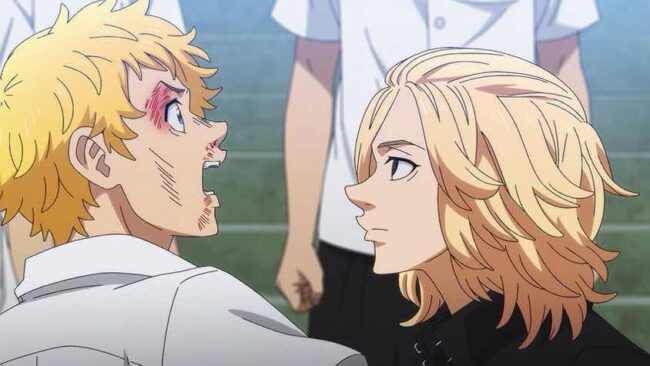
But what happens when the blaze of glory flickers out? What about those anime that were on every social media feed, in every discussion, and then… just sort of disappeared? From 2020 to 2025, we’ve seen our fair share of series that promised the moon but ultimately settled for a quieter existence, proving that even the biggest buzz can fade.
Let’s take a nostalgic, and perhaps a little melancholic, look back at some of the most hyped anime of recent years that, for various reasons, didn’t quite stick the landing in the long run.
The Big Falls: When Expectations Collide with Reality
Some shows had everything going for them – beloved source material, top-tier animation studios, and massive pre-release buzz. Their fall from grace was arguably the most noticeable.
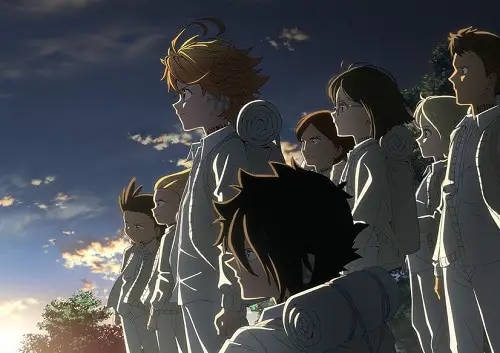
- The Promised Neverland Season 2: This is perhaps the poster child for hype gone wrong. The first season was a masterclass in psychological tension and world-building. Fans eagerly awaited the continuation, only to be met with a drastically altered narrative that rushed through major arcs and fundamentally changed the story from the manga. The backlash was swift and severe, practically erasing the show’s prior critical acclaim.
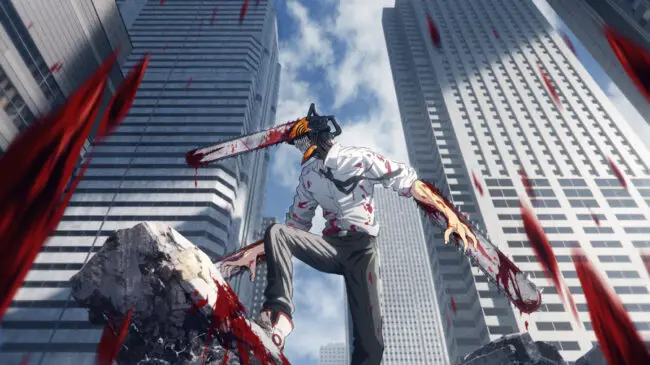
- Chainsaw Man: Few anime have had the level of pre-release hype that Chainsaw Man did. Backed by the renowned Studio MAPPA and a universally acclaimed manga, it was widely expected to be the next cultural phenomenon on par with Demon Slayer or Jujutsu Kaisen. While the animation was technically impressive, its direction was highly divisive. The “cinematic” and grounded approach of the anime, which replaced the manga’s chaotic and raw energy with a more serious tone, was a point of contention for many. This led to a muted reception from a significant portion of the fanbase, especially in Japan, where it underperformed in terms of Blu-ray sales. The show’s hype cooled dramatically after its initial run, as it failed to achieve the mainstream, all-encompassing popularity that its fans and the industry had anticipated.
The Webtoon Wave: High Hopes and Stumbling Blocks
The early 2020s saw a massive push for webtoon adaptations, bringing with them a ready-made fanbase and a lot of excitement. Not all of them managed to sustain the momentum.
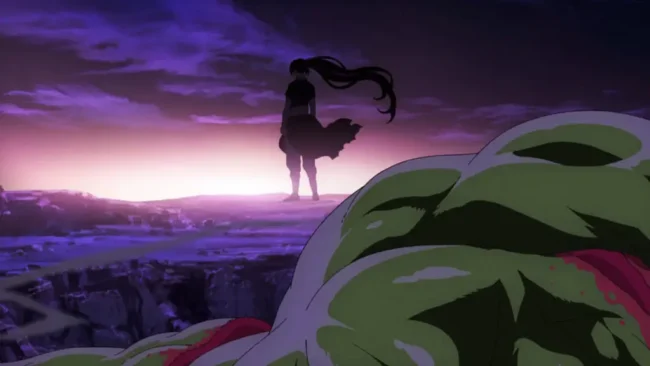
- Tower of God: As one of the first major webtoon adaptations, it had a huge built-in fanbase. While the first season was well-received, the long wait for a new season combined with criticisms of the second season for cutting too much from the source material led to a significant dimming of its initial shine.
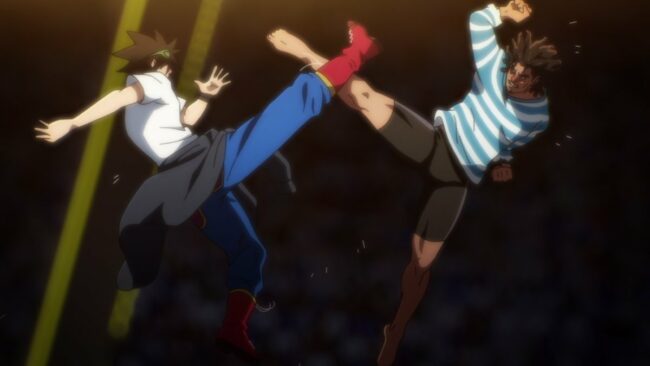
- The God of High School: Another highly anticipated webtoon adaptation, this show promised explosive action. However, many felt the anime sacrificed narrative and character development for its rapid-fire fight sequences, leading to a quick loss of community interest.
Original Anime: Brilliant Beginnings, Tricky Endings
Even original anime, unburdened by source material expectations, can struggle to maintain their initial spark.
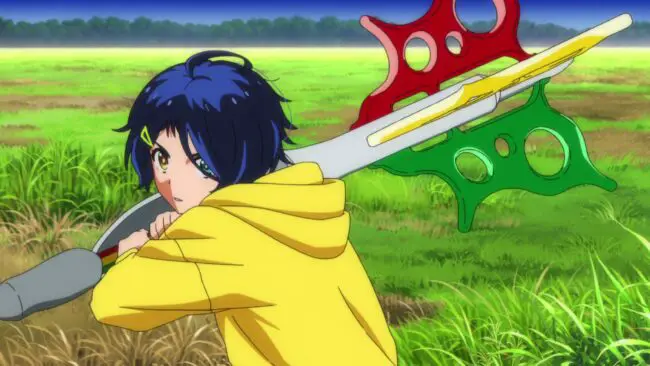
- Wonder Egg Priority: This original anime was a sensation, celebrated for its stunning animation and sensitive handling of dark themes. Its final “special” episode, however, left many viewers confused and dissatisfied, failing to resolve key plot points and causing its once-fervent discussion to die out.
Shonen Sensations: Can Every Hit Be a Phenomenon?
The shonen genre constantly pushes out new contenders for the “next big thing.” While many achieve success, only a select few become enduring phenomena.
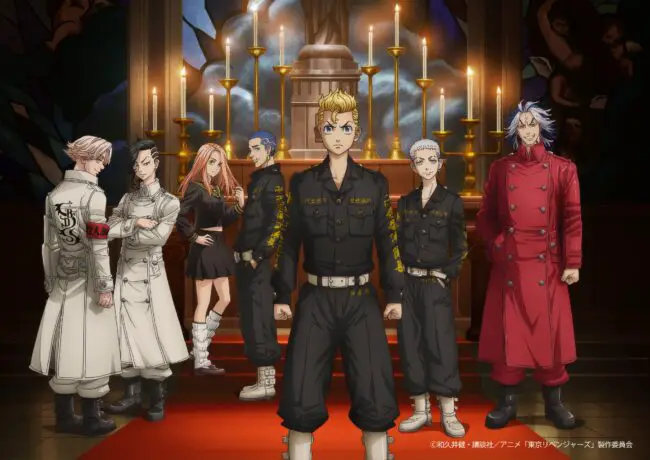
- Tokyo Revengers: This time-traveling delinquent saga dominated social media. However, the anime’s second season faced criticism for a less engaging visual style, and the manga’s controversial ending soured many on the series as a whole, causing a sharp decline in its popularity.
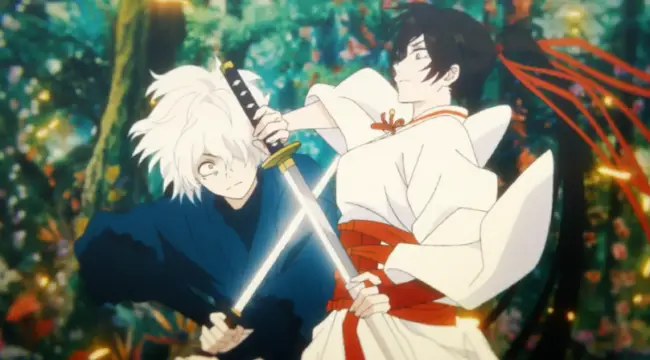
- Hell’s Paradise: Part of the “Dark Shonen Trio,” Hell’s Paradise had a lot of pressure to succeed. While visually striking, it was criticized for pacing and animation quality in later episodes and ultimately didn’t leave as lasting an impression as its contemporaries.
- Zom 100: Bucket List of the Dead: Its vibrant animation and fresh take on the zombie genre were huge. Unfortunately, a series of production delays led to a staggered release, and by the time the final episodes aired, much of the initial hype had been lost.
The Rom-Com Rollercoaster: When Charms Wane
Even the sweetest romances and funniest comedies can struggle to hold attention if they don’t evolve.
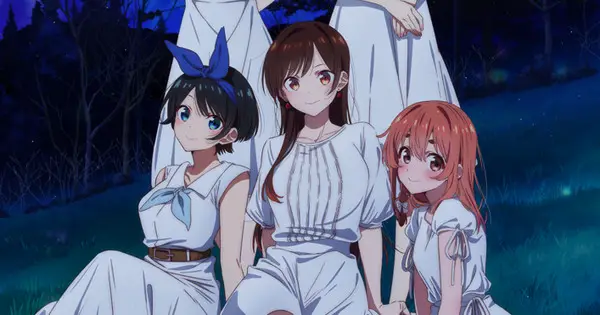
- Rent-A-Girlfriend: This rom-com sparked countless debates. However, as seasons progressed, many grew frustrated with the protagonist’s lack of development and repetitive plot points, leading to a significant drop in its long-term popularity.
- My Dress-Up Darling: A wholesome and charming romance that was a massive hit. While still beloved by its core fanbase, it no longer holds the same “must-watch” mainstream cultural relevance it did upon release as newer shows have taken the spotlight.
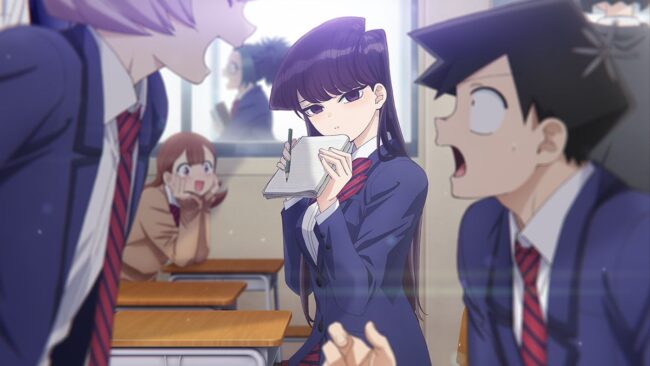
- Komi Can’t Communicate: Highly anticipated, its charming premise was a huge draw. However, the slow pace and episodic nature meant it didn’t generate the same long-term discussions as more plot-driven shows, quietly fading from the constant conversation.
- Aharen-san wa Hakarenai: A cute and quirky rom-com that was a favorite during its season. While perfectly enjoyable, its low-key nature meant it didn’t have the staying power to compete with other anime and quickly fell out of the broader conversation.
Other Notable Mentions:
- Platinum End: From the creators of Death Note, this dark psychological thriller was expected to be a hit. However, many felt it failed to live up to its predecessor’s legacy, with a less compelling protagonist and a narrative that became bogged down.
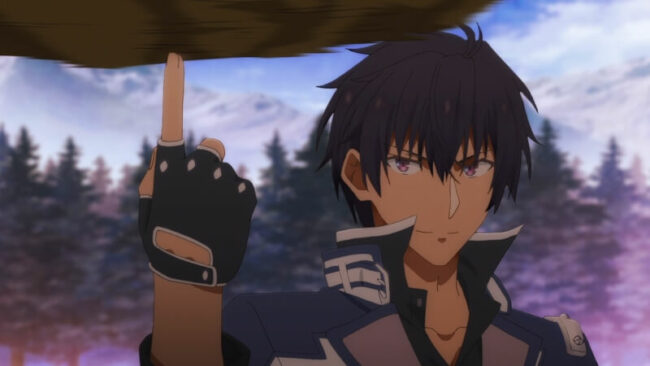
The Misfit of the Demon King Academy - The Misfit of Demon King Academy: Its overpowered protagonist made it an instant viral hit. While initially entertaining, the formula grew stale for many, struggling to maintain relevance beyond the initial season’s novelty.
- Record of Ragnarok: Built on the promise of epic battles, its animation was widely criticized for being stiff and unengaging, relying too heavily on still frames, leading to a quick loss of interest.
- Yashahime: Princess Half-Demon: As a sequel to Inuyasha, it had a massive built-in audience. However, many viewers felt it lacked the charm of the original and that its plot and characters were “remarkably average,” failing to live up to its predecessor’s legacy.
What Makes Hype Fade?
Several factors contribute to an anime’s decline from the spotlight:
- Unsatisfying Endings/Sequels: Diverging from source material, rushed plots, or anticlimactic conclusions can instantly kill enthusiasm.
- Pacing Issues: Too slow or too fast, pacing can make or break an adaptation, especially for beloved manga/webtoons.
- Animation Quality: While subjective, a drop in animation or divisive artistic choices can alienate viewers.
- Over-saturation: With so much anime released every season, it’s hard for every show, no matter how good, to remain in the constant discussion.
- Failing to Evolve: For long-running series or those with simple premises, a lack of character development or plot progression can lead to viewer fatigue.
Ultimately, the anime landscape is ever-changing. What’s hot today might be a forgotten gem tomorrow. But that’s part of the fun – the constant discovery and the debate over what truly stands the test of time.
What anime do YOU think were overhyped and eventually faded? Let us know in the comments below!
Last Updated on August 29, 2025 by Yu Alexius

Leave a Reply
You must be logged in to post a comment.